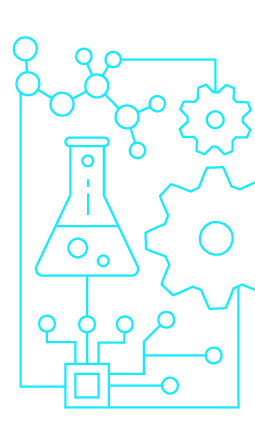|
|
|
| Module code: MAB-5.3 |
|
2V (2 hours per week) |
|
2 |
| Semester: 5 |
| Mandatory course: yes |
Language of instruction:
German |
Assessment:
Written exam and lab report
[updated 12.09.2004]
|
MAB-5.3 Mechanical and Process Engineering, Bachelor, ASPO 01.10.2004
, semester 5, mandatory course
|
30 class hours (= 22.5 clock hours) over a 15-week period.
The total student study time is 60 hours (equivalent to 2 ECTS credits).
There are therefore 37.5 hours available for class preparation and follow-up work and exam preparation.
|
Recommended prerequisites (modules):
MAB-2.5 Fundamental Machine Components
[updated 17.08.2012]
|
Recommended as prerequisite for:
|
Module coordinator:
Prof. Dr.-Ing. Hans-Joachim Weber |
Lecturer: Prof. Dr.-Ing. Hans-Joachim Weber
[updated 18.06.2004]
|
Learning outcomes:
After completing this course, students will have acquired a basic overview of hydraulic and pneumatic drive systems. The lectures are complemented by laboratory exercises in which students will learn computer-aided techniques for designing hydraulic and pneumatic circuits and how to test them in the lab.
[updated 12.09.2004]
|
Module content:
0 Introduction
0.1 Advantages and disadvantages of hydraulic and pneumatic systems
1 Fundamentals
1.1 Hydraulics
1.1.1 Hydrostatic pressure
1.1.2 Applying hydrostatic pressure propagation
1.1.3 Gap leakage and leakage losses
1.2 Pneumatics
1.2.1 Compressibility of air as a function of pressure
1.2.2 Volume change as a function of temperature
1.2.3 Equation of state for gases
1.2.4 Air humidity
2 Graphic symbols
3 Power generators
3.1 Hydraulic pumps (oil-hydraulic power generator)
3.2 Compressors (air compressors)
4 Power consumers
4.1 Hydraulic motors (oil-hydraulic consumers)
4.2 Pneumatic motors
5 Controllers (valves)
5.1 Hydraulic controllers
5.2 Pneumatic controllers
6 Hydraulic and pneumatic systems
6.1 Introduction to signal flow control
6.2 Basic control circuits for a hydraulic/pneumatic cylinder
6.3 Examples of controlled oil-hydraulic and pneumatic systems
[updated 12.09.2004]
|
Teaching methods/Media:
Accompanying lecture notes and lab documentation
[updated 12.09.2004]
|
Recommended or required reading:
Thomas Krist
Hydraulik, Fluidtechnik
Werner Deppert / Kurt Stoll
Pneumatik-Anwendungen
[updated 12.09.2004]
|


